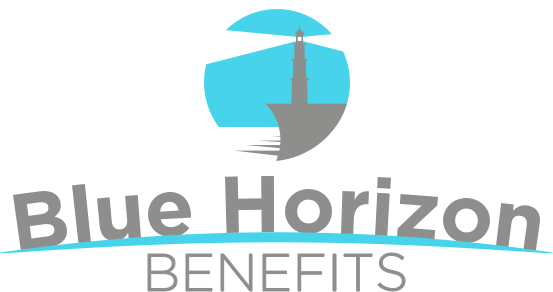Pandemic Spurs Supplemental Benefits Uptake Among Workers
A new study has found that in response to the COVID-19 pandemic nearly half of U.S. workers added one new supplemental health-related benefit on top of their group health coverage.
The 2021 “Aflac WorkForces Report” found that 44% of employees bought one additional benefit, with life insurance policies seeing the biggest uptake. The fact that so many workers decided to boost their supplemental health benefits reflects the profound effect the pandemic has had on people and how it has opened their eyes to the fragility of life.
“Anxieties over the past year brought questions about health coverage ― especially about whether current coverage is enough for workers and their families,” Aflac wrote in its report. “The survey found that employees sought ways to help offset the financial burdens they experienced, including through supplemental insurance.”
Interestingly, the largest uptake of these benefits was among millennial workers.
With the pandemic still not over and more people having seen the effects on friends, family and acquaintances, the report predicts that the trend will continue.
The most popular additional benefits
The percentages of workers who have purchased a voluntary benefit since the pandemic started:
- Life insurance: 22% overall and 34% of millennial workers.
- Critical illness insurance: 16% overall and 23% of millennial workers.
- Mental health resources: 14% overall and 21% of millennial workers.
- Hospital insurance: 14% overall and 21% of millennial workers.
- Accident insurance: 12% overall and 19% of millennial workers.
- Disability insurance: 10% overall and 16% of millennial workers.
- Cancer insurance: 4% overall and 6% of millennial workers.
Overall views of supplemental benefits have also improved since the pandemic started. The survey found that:
- One-third of employees say supplemental insurance is more important now due to the pandemic.
- 51% of all American workers view supplemental benefits as a core component of a comprehensive benefits program.
- 90% of employees believe the need for supplemental insurance is increasing.
- 48% employees (and 63% of millennials) are highly interested in purchasing supplemental insurance to help cover the financial costs related to COVID-19 or other pandemics.
The takeaway
In light of these findings, it’s more important than ever that employers offer more than group health coverage and provide their workers with a slate of voluntary benefit offerings, many of which do not cost the employer much extra.
In fact, the study found that 70% of employers believe supplemental insurance helps them recruit employees and 75% say it helps with retention.
But keep in mind that may employees believe they already have enough coverage to meet their needs. Open enrollment is a prime time to educate them about the health-related expenses that group health insurance doesn’t cover, such as death benefits and long-term care.
One way you can put together a slate of offerings that your workforce needs and is interested in, is to conduct a study of your staff to see which options they would most prefer.
And finally: Introduce your benefits consultant (in person or virtually) prior to or at the start of open enrollment. That way, employees become familiar with them and can be more comfortable asking questions about the various coverages they can choose from.









